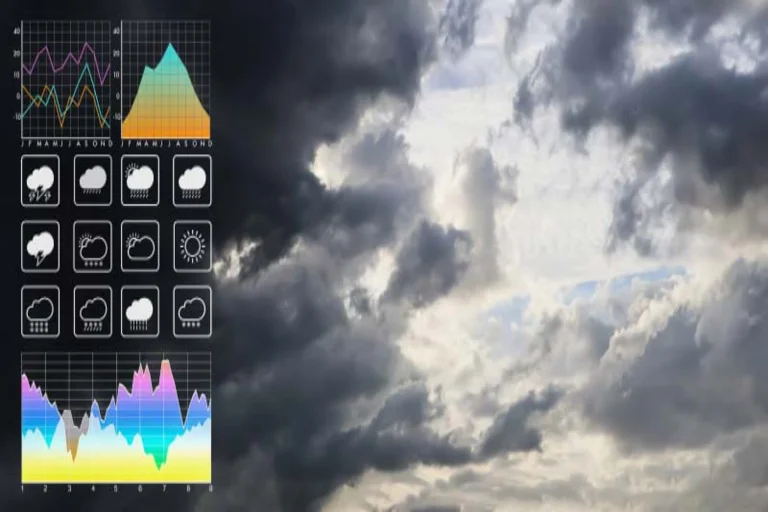
New AI Weather Model Could Predict Hurricanes More Faster & Accurately
Hurricanes is among the most devastating forces of nature leaving home, flooding cities and putting life at risk. Predicting where they want to collide and how strong they want to be has always been a challenge. But now, thanks to artificial intelligence (AI), the weather forecast gets a big upgrade.
What Is This New AI Model?
The model, Aurora, is an AI-powered weather forecasting system developed by Microsoft in collaboration with researchers from the University of Pennsylvania.It was recently featured in Nature for its remarkable performance in predicting tropical cyclones and general weather patterns.
Google’s new AI-powered weather model can predict hurricanes up to 15 days in advance far earlier than traditional models, which usually only give 3-5 days of warning. Even better, it’s more accurate, helping experts and communities prepare sooner and stay safer.
A global weather re-analysis dataset with millions of weather observations and important historical data from about 5,000 observed over the previous 45 years are used to train the new AI model.
Google discovered that their new Ai tropical cyclone model surpassed traditional models in a few tests and generally performed on with them.
How Does AI Improve Hurricane Forecasts?
Traditional weather models rely on complex physics equations and supercomputers. They’re good, but they take hours to run and struggle with sudden changes in storm strength or direction.
Key Improvements:
1.Longer Warning Time:
Forcast storms up to 15 days in advance (vs.3-5 days).
2.More Accurate Hurricane Predictions:
Compared to previous models, its 5-day forecasts were 85 miles closer to the actual storm path during tests.
3.Improved Forecasts of Intensity:
Additionally, AI improve storm strength forecasts will be, which traditional models often get wrong.
4.Lower Costs & Less Power:
Advanced forecasting is now more accessible because it uses hundreds to thousands of times less computational power than traditional methods.
How This Helps Us All:
Forecasters were caught off guard when hurricanes like “Otis” (2023) and “Helene” (2024) quickly grew stronger shortly before they made landfall. Google’s AI model hinted at Otis’s strength before other tools did, showing its potential to save lives with earlier warnings.
The Future of Weather Forecasting:
The New Ai Model Forecasts faster, cheaper, and more precise. Google isn’t alone; Microsoft’s Aurora AI also predicts hurricanes, sandstorms, and ocean waves 5,000 times faster than traditional methods.
AI is becoming into a powerful tool to help meteorologists and humans keep ahead of fatal storms, even while it won’t replace them.
In addition to its partnership with the National Hurricane Center, Google’s Weather Lab team collaborates with the Cooperative Institute for Research for the Cooperative Institute in the Atmosphere in the state of Colorado to evaluate the performance of the new model. According to Google, CIRA researchers found that the new AI model had “comparable or more skills than the best tracking and intensity operating models.”
Aurora Marks is one of the powerful models, and it works faster, smarter, and more accessibly. While it doesn’t replace traditional meteorology overnight, combining AI with established methods could revolutionize early warnings and disaster planning. This model is a big step toward a future where we can respond to extreme weather with speed and precision.
Related Article>https://www.climatechallange.com/how-uae-utilizes-technology-to-generate-artificial-rain/